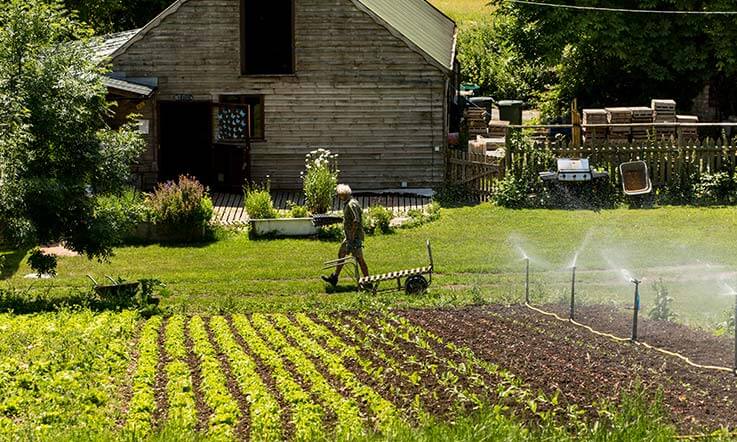
The Horizon 2020 project AGROMIX came to a conclusion in October with the launch of a policy White Paper in Brussels to draw up some key conclusions based on four years of research. Building resilience into farming systems, now, is of critical importance to sustain food production in Europe for the coming decades, we concluded, with transformative agroforestry a key tool to achieve this. Recommendations were made regarding how to make financial support for agroforestry more readily available (and blended public and private finance possible), supporting the development of agroforestry value chains, and supporting better knowledge exchange, including peer-to-peer learning. And then we made our way out of Coventry University’s hub in the classy Avenue de Tervueren to find some lunch!
The concept of resilience was at the heart of this project. It is an oft-used term and there is a common understanding of what it means. Or is there? We felt it important to describe it more exactly, then consider how it can be measured, and how it can be developed through agroforestry and mixed farming. It was fun to be involved with Paul Burgess at Cranfield in writing a methodology explainer. Did you know for example that resilience is not necessarily a positive thing? It depends on resilience of what, and to what – which should always be the starting point. Resilience is neither necessarily about absorbing or resisting shocks, but sometimes adaptation, and even transformation.
Of the range of bio-physical indicators of resilience, biodiversity was the one we focused on. Time to get our hands dirty! Wakelyns was one of eight experimental sites across Europe where standardised methods for species sampling were carried out. In the Spring of 2021 and 2022 a small ORC team busied itself with setting out ‘Audiomoth’ acoustic devices strapped to trees overnight to record dusk and dawn bird calls and bat social calls and feeding activity ‘buzzes’, installing pitfall traps for ground dwelling beetles and spiders, doing vegetation quadrats and soil sampling for the microbiota, and installing cards with mounted artificial caterpillars to pick up the marks of natural predators. Discovering the appetite that slugs seem to have for plasticine, the latter method proved unsuccessful, but some great results of all these sampling efforts have otherwise emerged. Collaborator Manon Edo, with the backing of her wider team at Landau University and the rest of us, have published an analysis of the bird data, with a paper on bats in review and another on the super-diverse dataset on spiders in preparation.
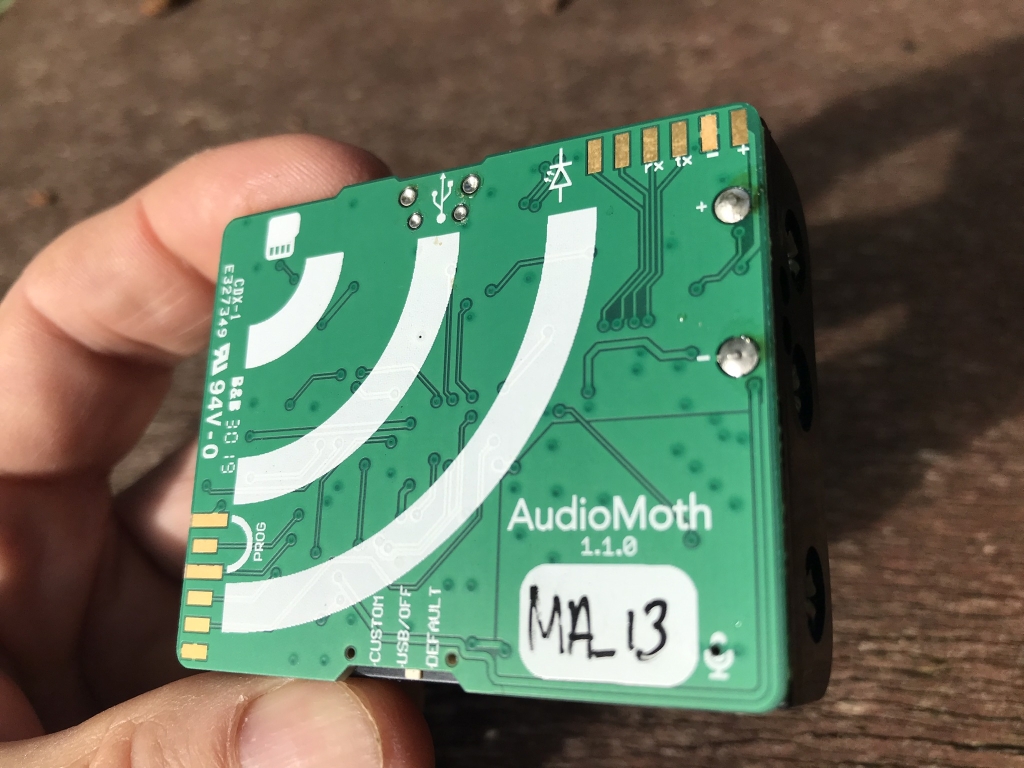
The other way to seek to tame the concept of resilience is to model it. Enter from stage-left Colin Tosh, who pursued two quite different approaches. Firstly, from visits to INRAE in Montpellier, and months of toil, he has got to grips with the powerful Hi-sAFe biophysical model of agroforestry first developed as part of the EU SAFE project and subject to multiple refinements since. Powerful but also data hungry: parameterising it for Wakelyns demanded lots of measurements from the ground, from tree heights to soil cores drilled by an ancient-looking boring machine brought on site especially for the purpose.
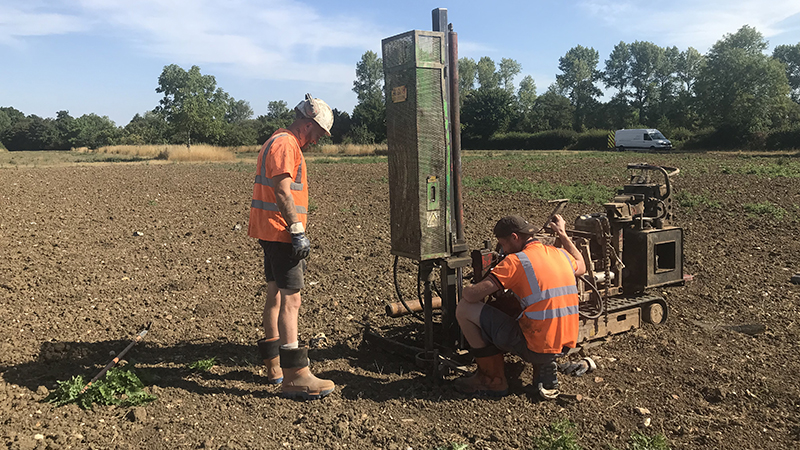
Despite some initial setbacks (first results had Wakelyns under feet of water), Colin’s efforts paid off and he has now created a ‘digital twin’ of a Wakelyns walnut field which enables virtual experiments to investigate the effects of climate change or management interventions. Watch this space for a publication or two on that coming out next year. Colin’s second approach was the development of a generalised Boolean regulatory network model: the AGROMIX team quickly adopted the shorthand ‘Colin’s model’. Published in Agronomy for Sustainable Development this year, the model predicted that trees in silvoarable systems don’t actually increase yield stability in the face of weeds, pests and diseases, whilst they do increase yield overall.
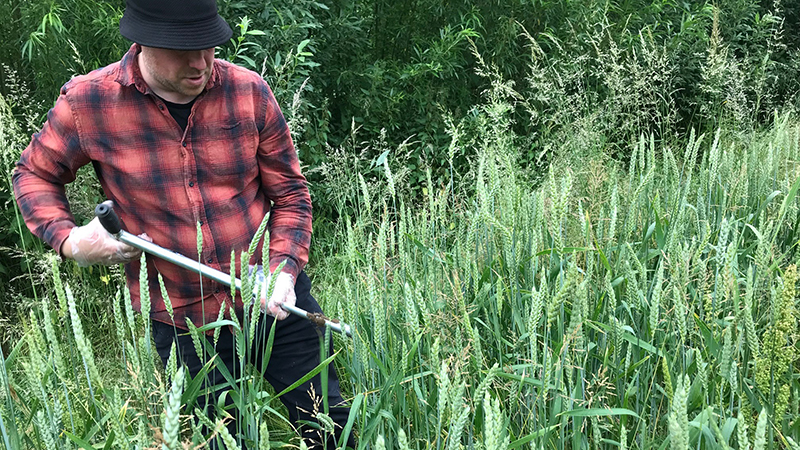
AGROMIX has had to be a truly multi-disciplinary effort, as resilience needs defining in social and economic terms as well as ecological. Rowan Dumper-Pollard was part of a work package using a case study approach to identify bottlenecks and success factors for developing resilient value chains around agroforestry and mixed farming. Important factors influencing the adoption of agroforestry included wealth, perceived risks and household preferences. In the meantime, Janie was involved in knowledge exchange, helping to develop a hub of relevant information. This feeds into a similar such initiative as part of the current ReForest project, which aims to build on AGROMIX and other prior European collaborations to create even more momentum around the adoption of agroforestry going forward.
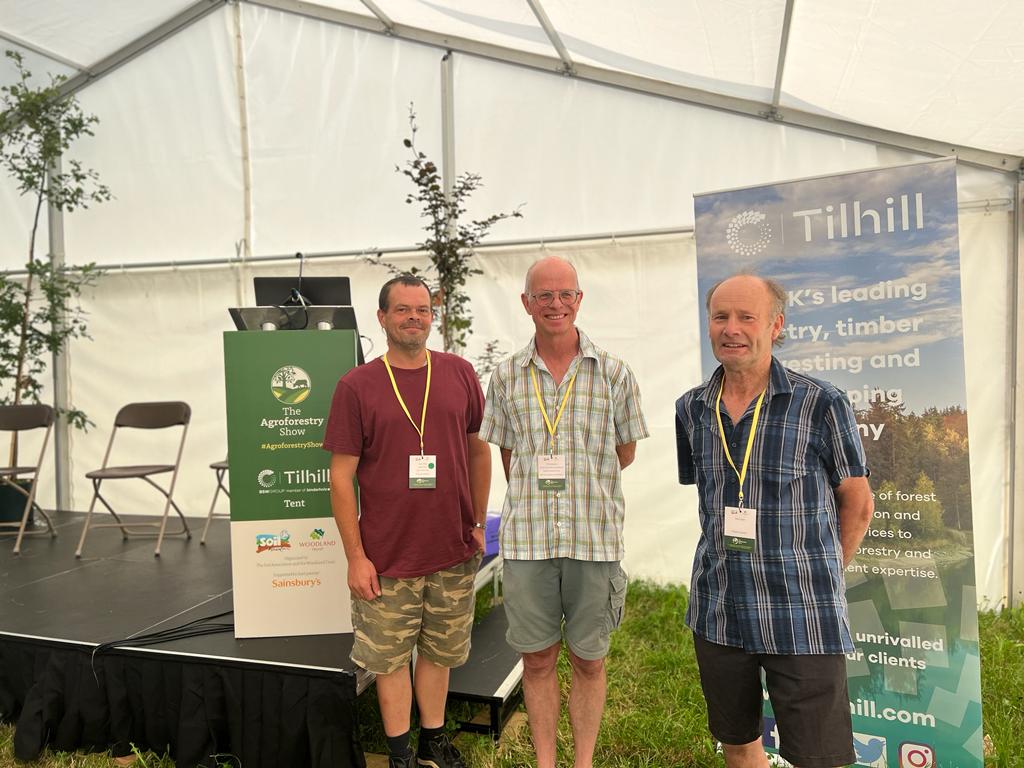
Ultimately, will all this achievement in AGROMIX make a difference to the world? Has resilience moved from being a buzzword to something that, even if still difficult to measure, we can try to enhance and manage whether on farm or at wider scales, including through planting trees? Ultimately, early adopters of agroforestry will make the most difference in moving the needle. Two of them took part in a panel session that I organised on trees, climate change and resilience at the Agroforestry Show 2023, described in this accompanying magazine article. Others were featured in case studies developed as part of AGROMIX. ORC will continue to work with these pioneer agroforesters, as well as British and European researchers, towards this vision, for there is certainly more to be done. Watch this space for a shiny new AGROMIX 2.0 to emerge one day hopefully soon.
